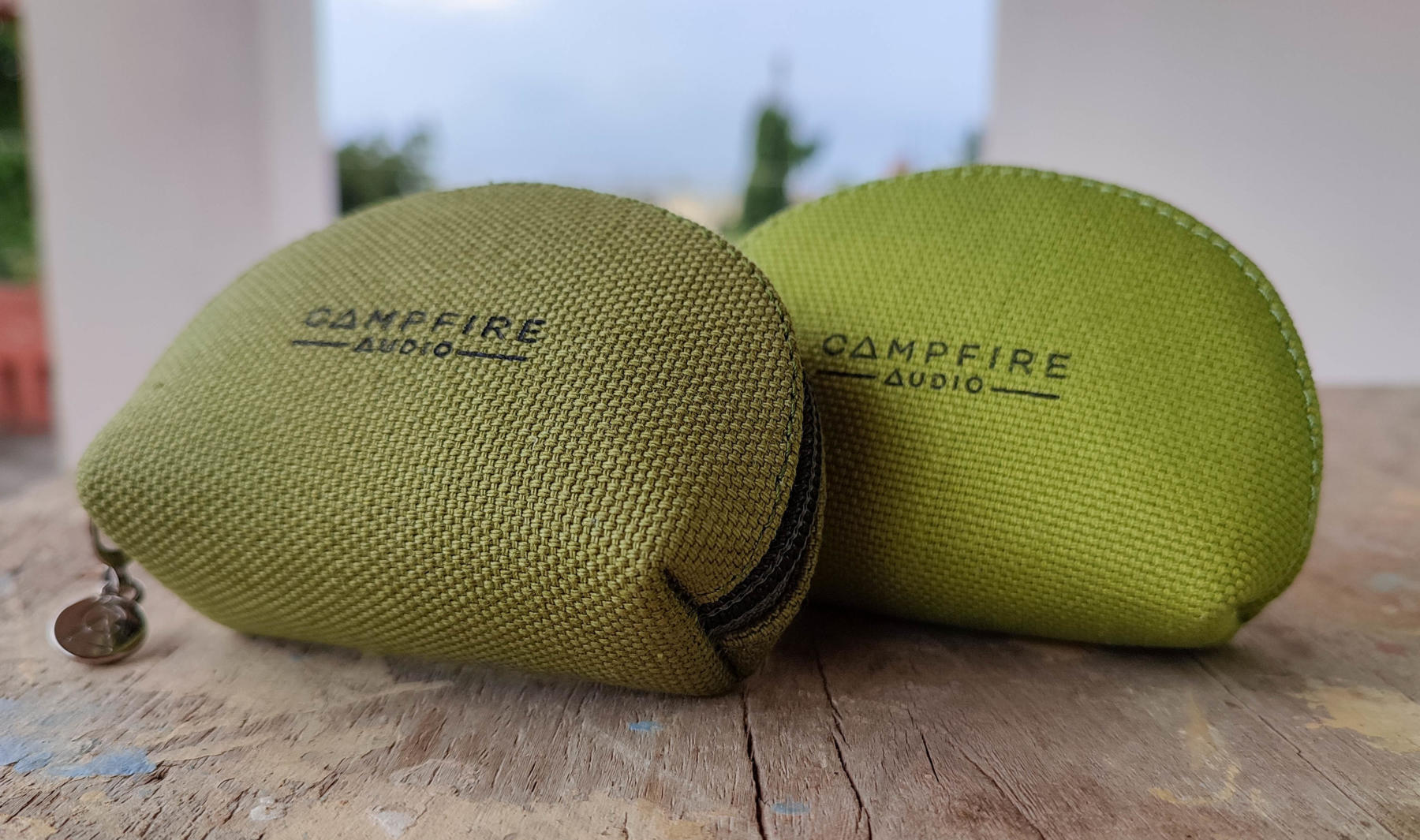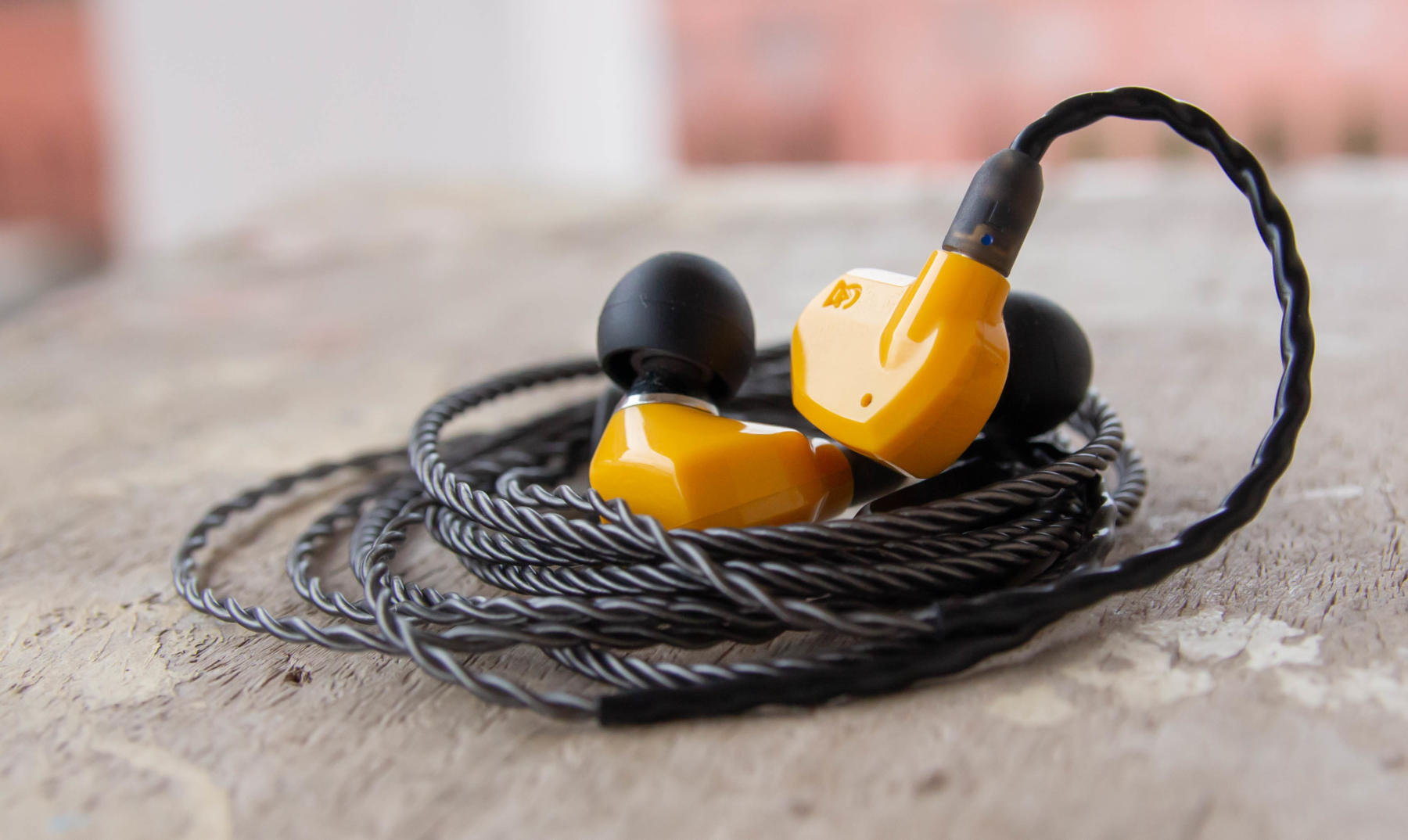INTRODUCTION:
If you haven’t heard about Campfire Audio you might find it interesting to know that this as a brand has gained a lot of trust and following from every corner of this world. They initially were making IEMs under their parent company ALO but later decided to branch their IEMs under “Campfire Audio”. Torch bearer for campfire audio has been the Andromeda. This 5ba driver IEM has been the talk of the town ever since its inception. Nothing has made more wave and chatter than the Andromeda. It brought them some of the best praise and accolades.
Then came the Solaris, their flagship hybrid to take the baton and now the Solaris 2020 does the flagship duty.
But Campfire is not just about flagship IEMs. They have had a few entry level IEMs like the last gen IEM, Comet. People were struggling with its shape and weigh though.
This time around they came up with two cute looking entry level IEMs with flagship level accessories and cable and fit. These have very similar form and design as the flagship ARA or Andromeda. Both Honeydew and Satsuma have only one driver each. While the Honeydew has a single 10mm dynamic driver the Satsuma has one full range BA driver. While the Yellow colored Honeydew is priced at $249 the orange colored Satsuma asks for $199. Both these IEMs have no other color options since Campfire IEMs maintain their color schemes unless stated explicitly.
I have a few IEMs in this price range to compare these two. Some hybrids and some multi BA IEMs, priced around the Campfire twins.

Get Honeydew from these links:
https://campfireaudio.com/shop/honeydew/
Satsuma:
https://campfireaudio.com/shop/satsuma/
ACCESSORIES:
All the IEMs I received have exactly same set of accessories. The only differences are their packaging color and carry case color. I like the way these IEMs maintain eco friendly packaging with only paper and cardboard usage. No unnecessary use of material.
The first thing greeting us is the carry pouches and the IEMs with the cables are placed inside them, while the earpieces are placed in tips organizers. Sets of Final Audio tips, wide bore tips and bullets foam tips are placed in a paper box placed over the pouch. One can find a Campfire Audio badge and all the placed inside the same paper box. These tips organizers are really helpful if you want to carry your tips on the move.



HOW IS THE CABLE:
Now this is a very interesting scenario. I always prefer good quality cables with any IEM priced over $100. These IEMs have the same litz build as the more premium IEMs. There are some cosmetic changes to the appearance of it but the cores are very similar. I like this 4 core SPC “Smoky Lite” cable with beryllium copper MMCX connectors. It has a layer of clear coat on it to protect it from minor scratches. it is not flashy or as premium looking as the DUNU SA3 cable but it compliments these IEMs both aesthetically and sonically.
Build quality of this cable is very good. It is one of the more supple cables with a low profile. It barely has any microphonics. The cable guides too are supple and comfortable. The 3.5mm jack has some stress reliever but is missing at the Y-splitter. There is a cable slider to keep things tidy.
All in all it is an excellent cable at this price point.


BUILD QUALITY AND ERGONOMICS:
Campfire audio has given their entry level IEMs an upgrade ergonomically. These IEMs have a very similar design to the more premium IEMs like Andromeda. But unlike the premium range we have polycarbonate body here while retaining the metal nozzles, providing better strength and stability. This nozzle is aptly long giving a reasonably secure fit.
There is a single pressure releasing vent on the Honeydew while the Satsuma has none.
I really like this slightly smaller size of both the IEMs. It is smaller than their metal clad siblings, sans the weight and sharp edges. I love the fit.

PAIRING:
The single DD Honeydew has an very approachable impedance of just 17.68ohm and is very easy to drive out of basic audio devices. Use it as a daily driver with mobile phones is at your leisure with your laptop for movie watching this IEM complies without much problem. The lowly sensitive of just 94db can be a downer with quiet sources or else it’s perfectly capable of getting very loud. Use a small DAC/amp to extract better layering, note depth and stage.
Satsuma on the other hand has an impedance of 46.4ohm and with a BA inside it’s slightly tricky to drive. With similar sensitivity this too gets loud without much problem but don’t sound best unless used with good sources. It has nice bass and mids out of mobile phones but when driven out of Micro Signature it just simply sings at it’s full potential. It delivers much Better treble clarity separation, notes definition and accuracy.
Honeydew SQ and comparison – Page 2
Satsuma SQ, comparison and conclusion – Page 3



